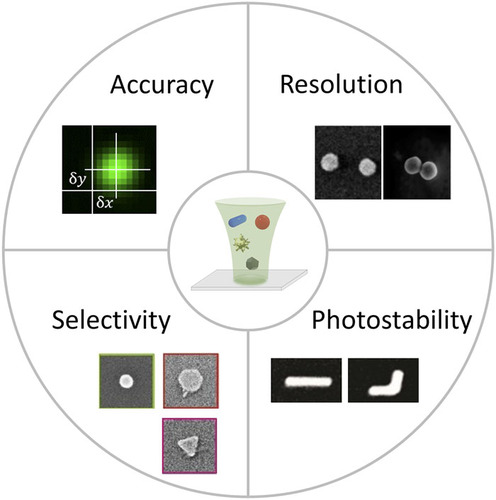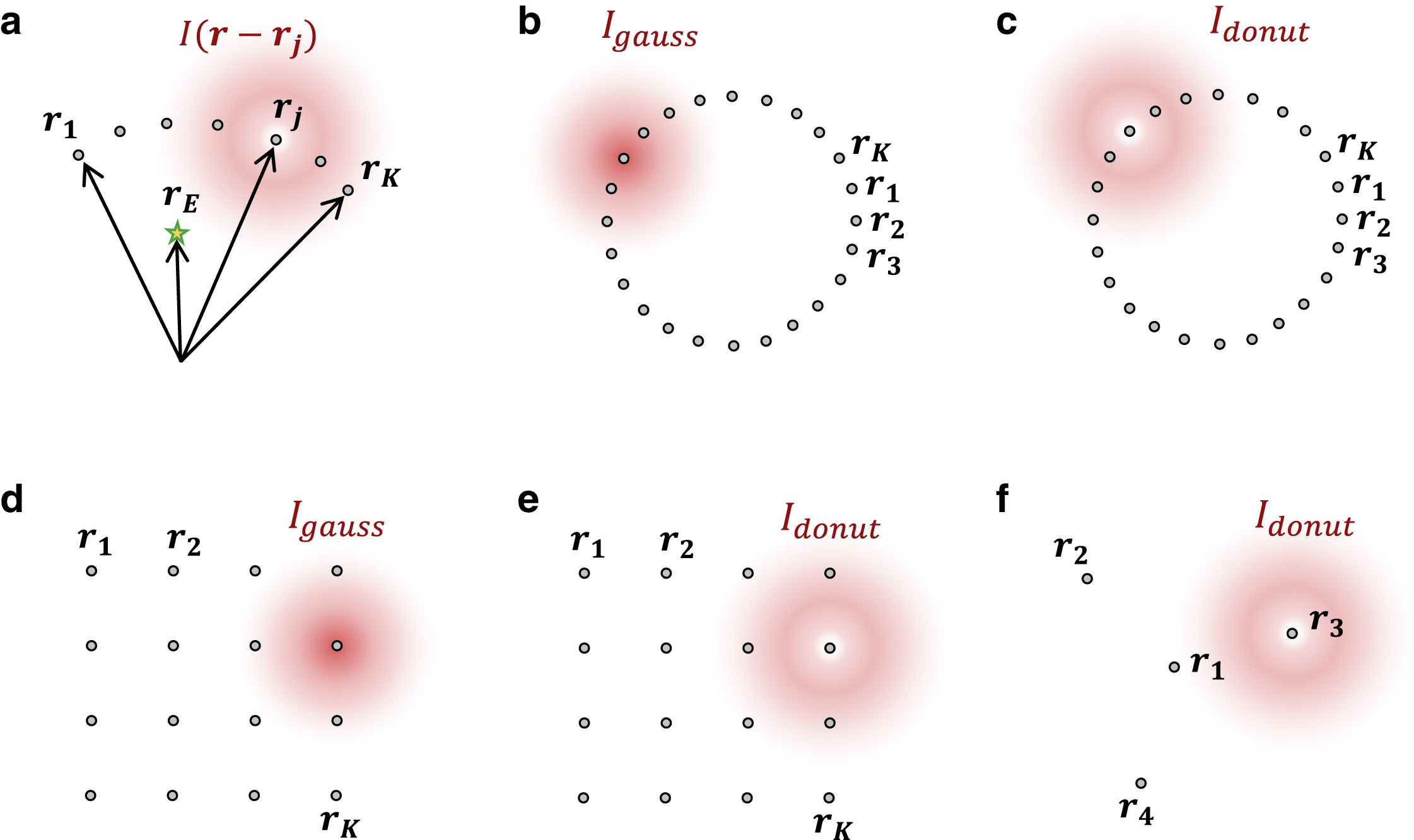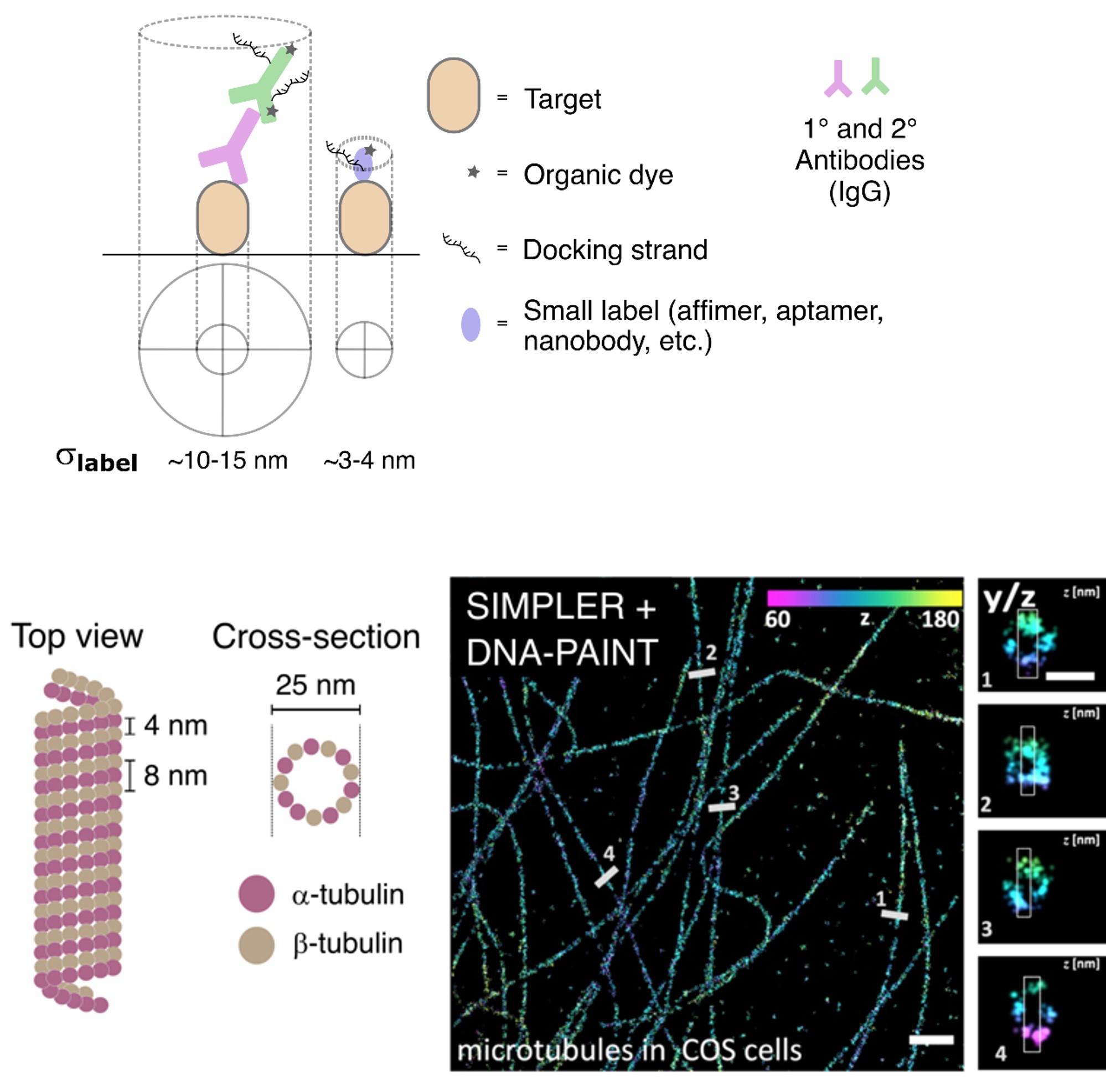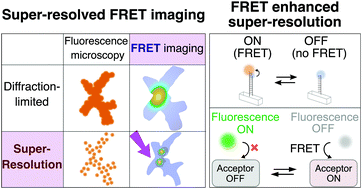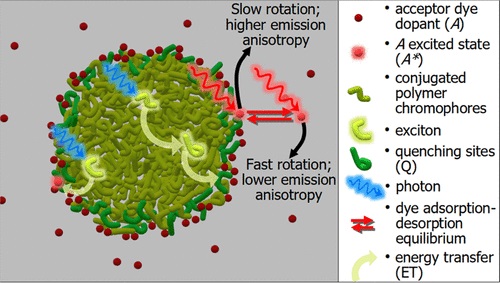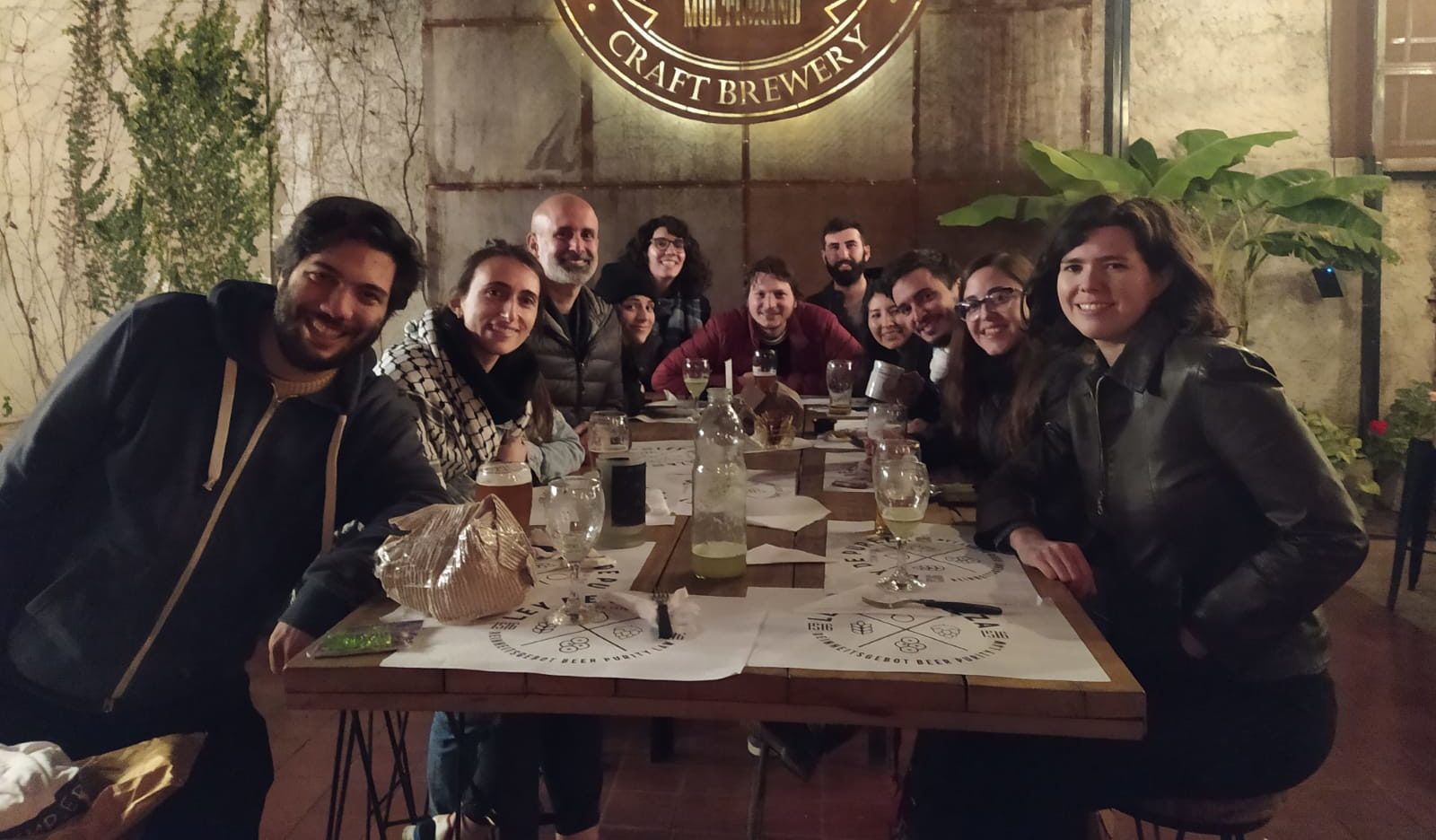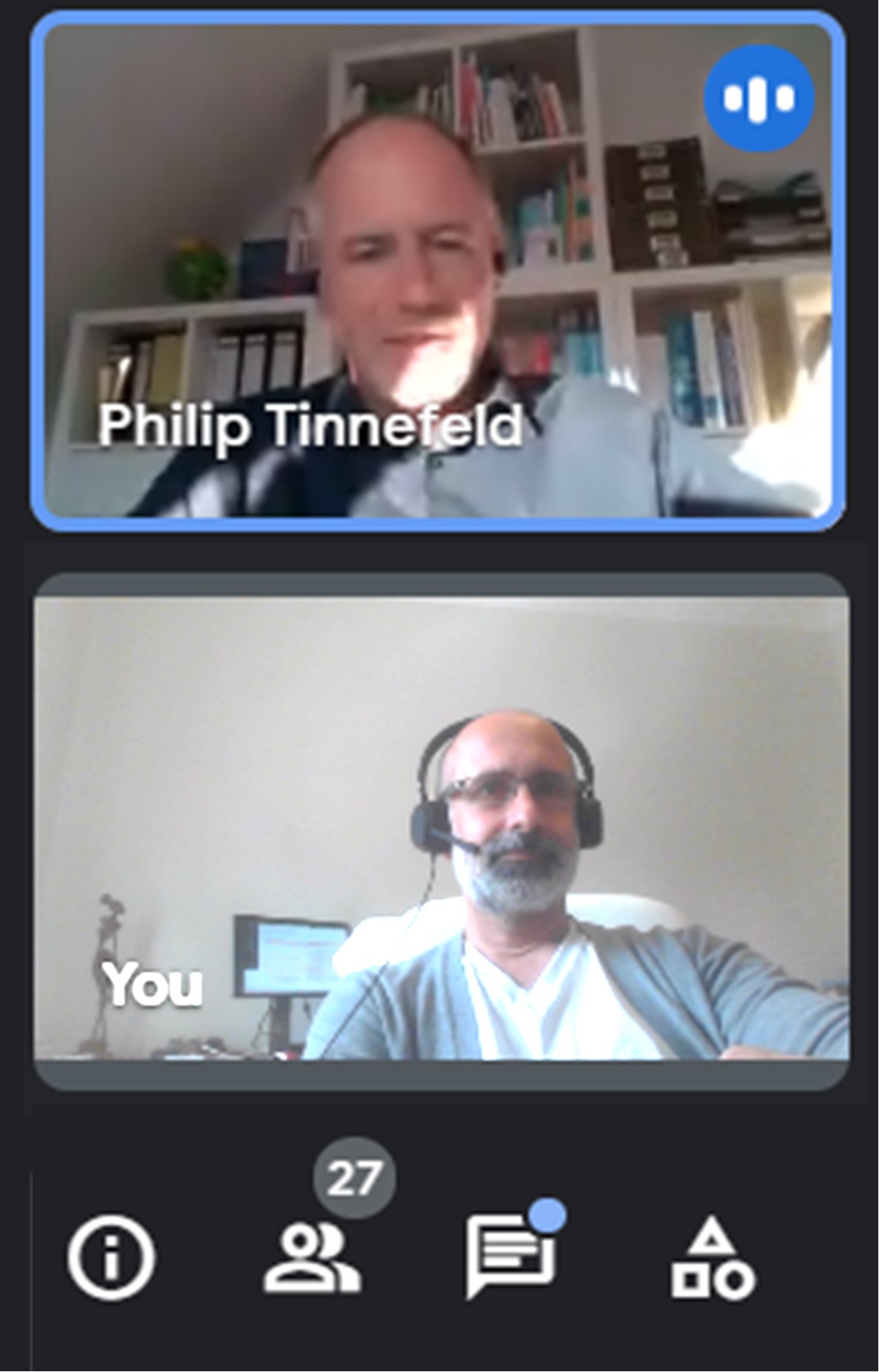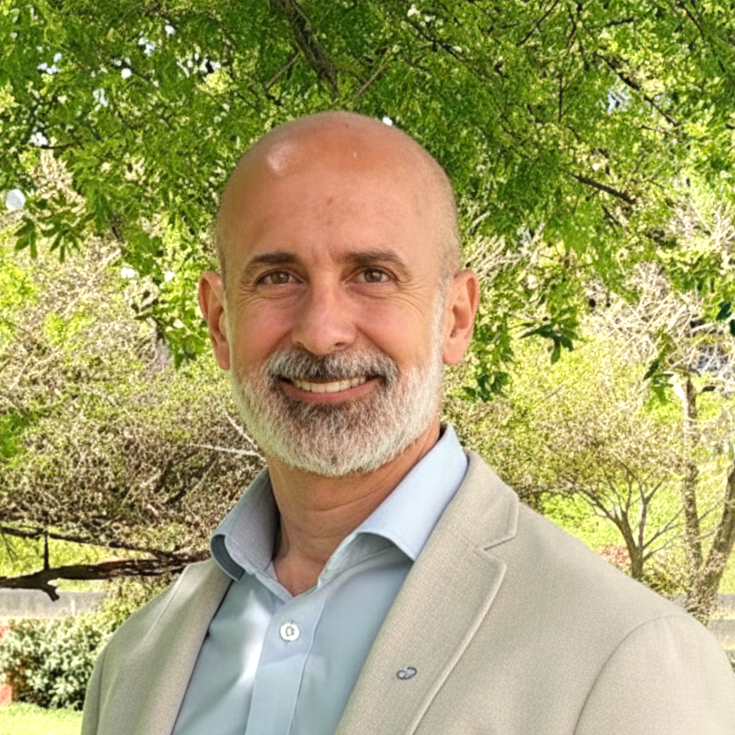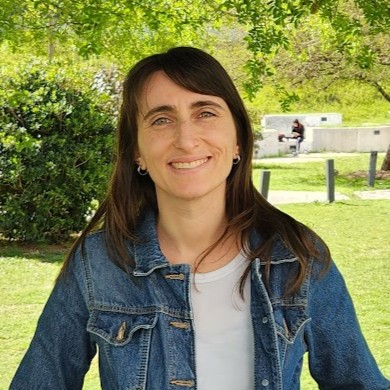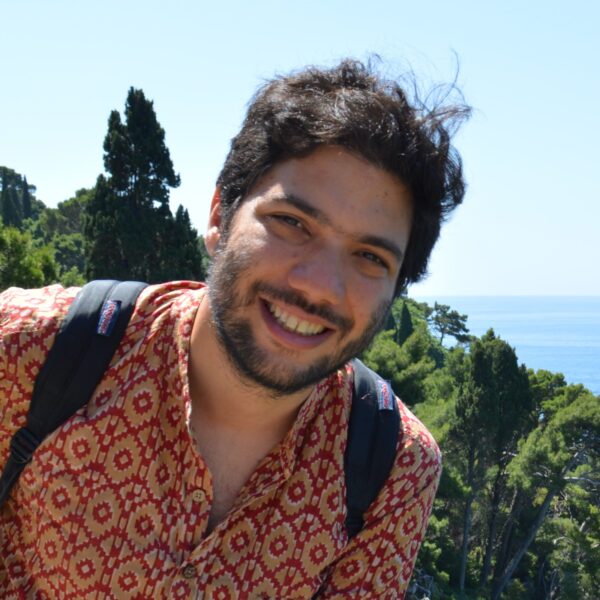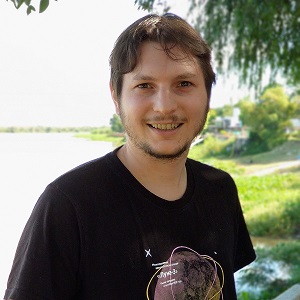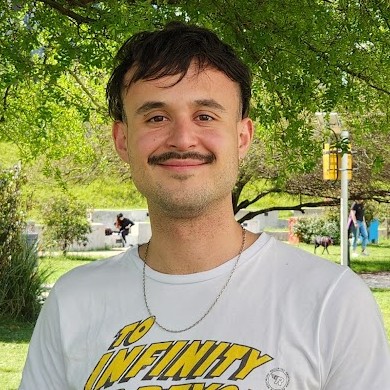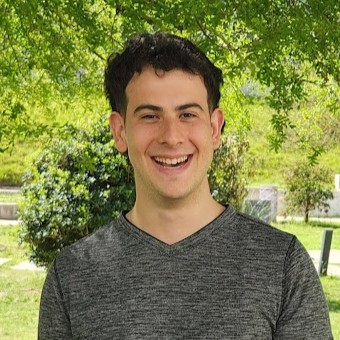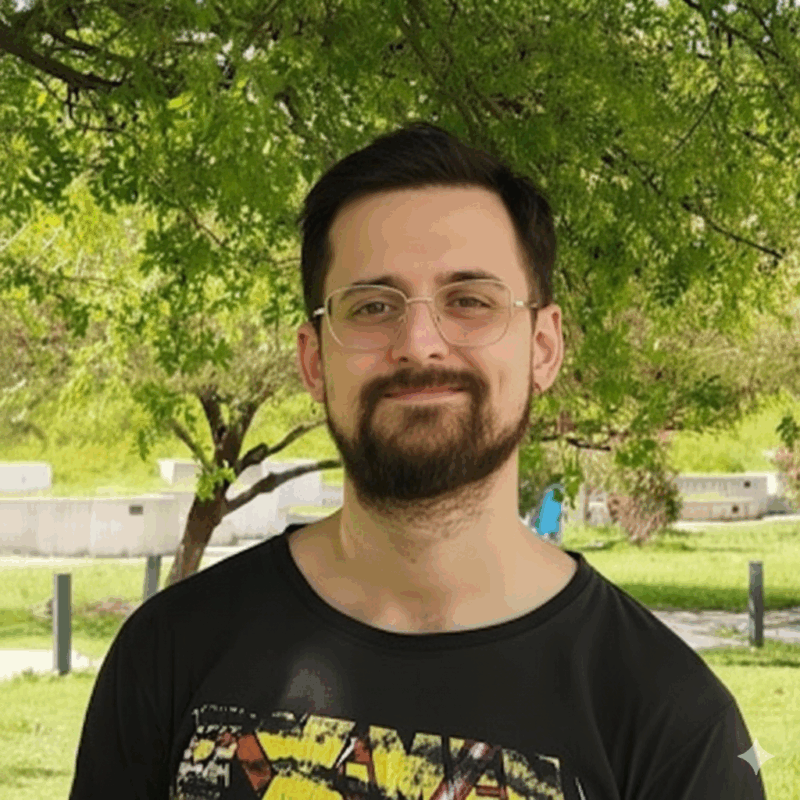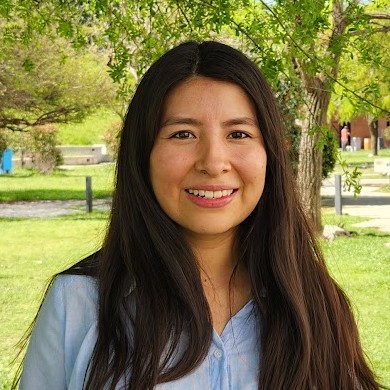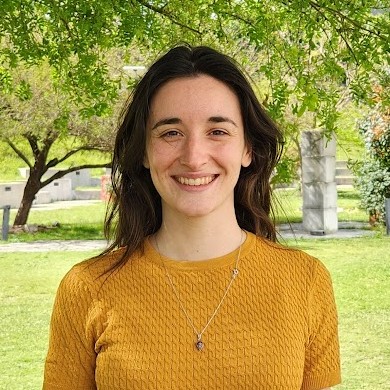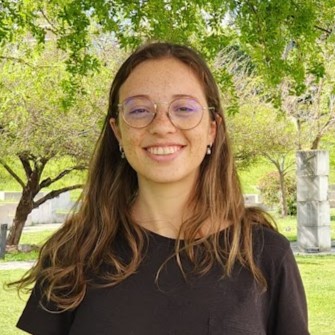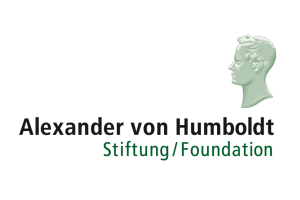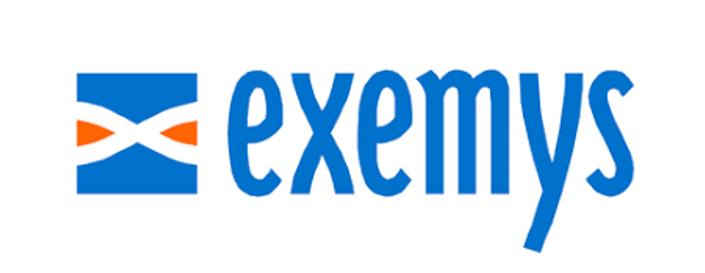Center for Bionanoscience Research (CIBION), National Scientific and Technical Research Council (CONICET)
Physics Department, Faculty of Exact and Natural Sciences, University of Buenos Aires (UBA)
Using optical methods, we explore the properties and technological applications of nanoparticles, single molecules, nanostructured materials, supramolecular assemblies, biological and hybrid nanosystems.
The Applied nanoPhysics Group was launched in October 2009 at the Physics Department, Faculty of Exact and Natural Sciences, of the University of Buenos Aires (UBA)
In 2012 we moved our labs to the Center for Bionanoscience Research (CIBION) of the National Scientific and Technical Research Council (CONICET), while Prof. Stefani still holds his position at the Physics Department of the University of Buenos Aires.
CURRENT RESEARCH ACTIVITIES
Fluorescence nanoscopy.
Super-resolution fluorescence microscopy, also known as fluorescence nanoscopy, has revolutionized biological imaging because they provide deep sub-wavelenght spatial resolution while keeping the low-invasiveness of far-field optical interrogation. We apply and optimize well-established methods like STED and STORM, and develop new ones, such as MINFLUX, and open-source software for fluorescence nanoscopy. With them, we address questions of cellular and neuronal biology.
Optical printing colloidal nanoparticles.
Colloidal chemistry enables the fabrication of nanoparticles of different shapes, sizes and material compositions, that exhibit unique physical and chemical properties, inexistent in bulk materials. In order to make use of those properties in devices and circuits, it is necessary to develope methods to bring the colloidal nanoparticles from the liquid phase to specific locations of solid substrates. We address this challenge using optical forces.
Self-assembled Nanophotonic Devices.
Semiconductor-based devices are approaching intrinsic limits of speed and heat dissipation.
Optical devices are faster and practically loss-less, but their size miniaturization is limited by the wavelength of light. Nanophotonics and Plasmonics deals with the manipulation of light at the nanoscale. We investigate light-matter interaction between single-photon emitters and metallic nanoparticles organized in nanodevices by self-assembly.
LATESTS NEWS
Review (and new data) on optical printing of colloidal nanoparticles
While colloidal chemistry provides ways to obtain a great variety of nanoparticles with different shapes, sizes, material compositions, and surface functions, their controlled deposition and combination on arbitrary positions of substrates remain a considerable challenge. Over the last ten years, optical printing arose as a versatile method to achieve this [...]
A common framework for single-molecule localization with sequential structured illumination (MINFLUX, orbital tracking, MINSTED, etc.)
Localization of single fluorescent molecules is key for physicochemical and biophysical measurements, such as single-molecule tracking and super-resolution imaging by single-molecule localization microscopy. Over the last two decades, several methods have been developed in which the position of a single emitter is interrogated with a sequence of spatially modulated patterns [...]
Review on fluorescence nanoscopy with sub-10 nm resolution
Fluorescence nanoscopy, also known as super-resolution microscopy, represented a breakthrough for the life sciences as it delivers 20–30 nm resolution using far-field fluorescence microscopes. This resolution limit is not fundamental but imposed by the limited photostability of fluorophores under ambient conditions. This has motivated the development of a second generation [...]
Review on super-resolved FRET measurements
Super-resolution fluorescence microscopy and Förster Resonance Energy Transfer (FRET) form a well-established family of techniques that has provided unique tools to study the dynamic architecture and functionality of biological systems, as well as to investigate nanomaterials. In the last years, the integration of super-resolution methods with FRET measurements has generated [...]
Exciton diffusion and energy transfer in conjugated polymer nanoparticles
Energy transfer in conjugated polymers is a critical process that affects the performance of these materials in diverse applications such as biological–chemical–physical sensing, imaging, photovoltaics, and phototherapy. In this experimental and theoretical work led by Prof. Rodrigo Palacios (University of Río Cuarto, Córdoba, Argentina), we performed an in-depth study of [...]
Farewell Alan and Lucho – best luck in Munich!
Dr. Luciano (Lucho) Masullo and Dr. Alan Szalai leave the group after several years of very productive work. Goodbye beer - 24.09.2021 Lucho joined our group in 2014 as an undergraduate student, and stayed with us for almost 7 years! During that time, he worked on STORM, developed pulsed-interleaved [...]
Colloquium by Prof. Philip Tinnefeld
Today, Prof. Dr. Philip Tinnefeld, one of our closest collaborators, gave a great talk in the colloquium of CIBION, showing some of the wonderful applications of DNA-origami his group develops, ranging from nano-rulers for fluorescence nanoscopy, self-assembled optical antennas and single-molecule biosensing assays. Thank you Philip for sharing your most [...]
Congrats Dr. Luciano Masullo!
Today, Luciano Masullo defended his thesis "Photon-efficient fluorescence nanoscopy by scanning light intensity minima" and obtained the highest grade from the jury (Prof. Dr. Oscar Martínez, Prof. Dr. Valeria Levi, and Prof. Dr. Jorge Torga). Luciano joined our group in 2014, for his graduation thesis. At that time he worked [...]
COLLABORATORS
STEFAN HELL
Max-Planck-Institute for Biophysical Chemistry (Göttingen, Germany)
THOMAS JOVIN
Max-Planck-Institute for Biophysical Chemistry (Göttingen, Germany)
ALFREDO CÁCERES
Instituto Universitario de Ciencias Biomédidas de Córdoba (Córdoba, Argentina)
PHILIP TINNEFELD
Ludwig-Maximilians-University Munich (Germany)
GUILLERMO ACUNA
University of Fribourg (Switzerland)
ANDRÉS ZELCER
Centro de Investigaciones en Bionanociencias (Buenos Aires, Argentina)
ANDREA BRAGAS
University of Buenos Aires (Argentina)
DARÍO KRAPF
Instituto de Biología Molecular y Celular de Rosario (IBR – Santa Fe, Argentina)
SABRINA SIMONCELLI
University College London (UK)
DAMIAN REFOJO
Biomedicine Research Institute of Buenos Aires (Argentina)
RODRIGO PALACIOS
Universidad Nacional de Río Cuarto (Córdoba, Argentina)
OSCAR CAMPETELLA
Universidad Nacional de General San Martín (Buenos Aires, Argentina)

